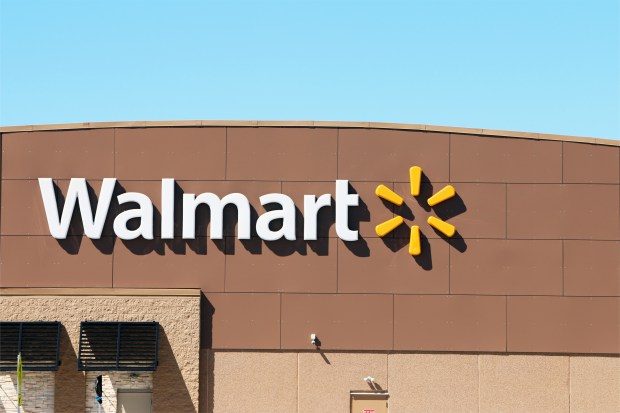Walmart Curbs Opiate Prescriptions

Walmart is changing its opioid policy following recommendations from the Centers for Disease Control and Prevention (CDC), limiting the length of the opioid prescriptions it will fill and only accepting e-prescriptions starting in 2020, according to CNN Money reports.
On Monday (May 7), Walmart said it will only accept first-time opioid prescriptions for seven days or fewer, and will only fill 50 morphine milligram equivalents each day starting in the next two months. The decision resulted from a CDC study which found that those who were prescribed one or more days of opioids faced a 6 percent chance of addiction one year later, and those with such prescriptions lasting eight days or longer had nearly double the odds of addiction at 13.5 percent.
Walmart has also announced it will require e-prescriptions starting in 2020 for all controlled substances. The decision is intended to both prevent fraud and reduce errors, the retailer said.
The news comes as major retailers like Target, Home Depot, Walmart and Lowe’s have been forced to introduce stricter return, store credit and gift card policies in response to a troubling trend. These seemingly harmless customer services are being used as currency in an unlikely and dangerous economy that is supporting the drug habits of people who suffer from opioid addiction.
Law enforcement and individuals in recovery say the scam isn’t hard to pull off. Thieves simply walk into a Walmart, Target, Home Depot, Lowe’s or another big-name retailer, steal an item — preferably one that is small in size but high in value — return it at a different store without a receipt and receive a gift card in return. They can then turn around and sell that gift card to a pawn shop or secondary store for a lower price to obtain cash.
In all, retail return losses total between $9 billion and $15 billion per year, according to a 2017 survey by the National Retail Federation. The crime cuts into state sales tax revenue, too, with Tennessee losing more than $14 million each year to return fraud.
